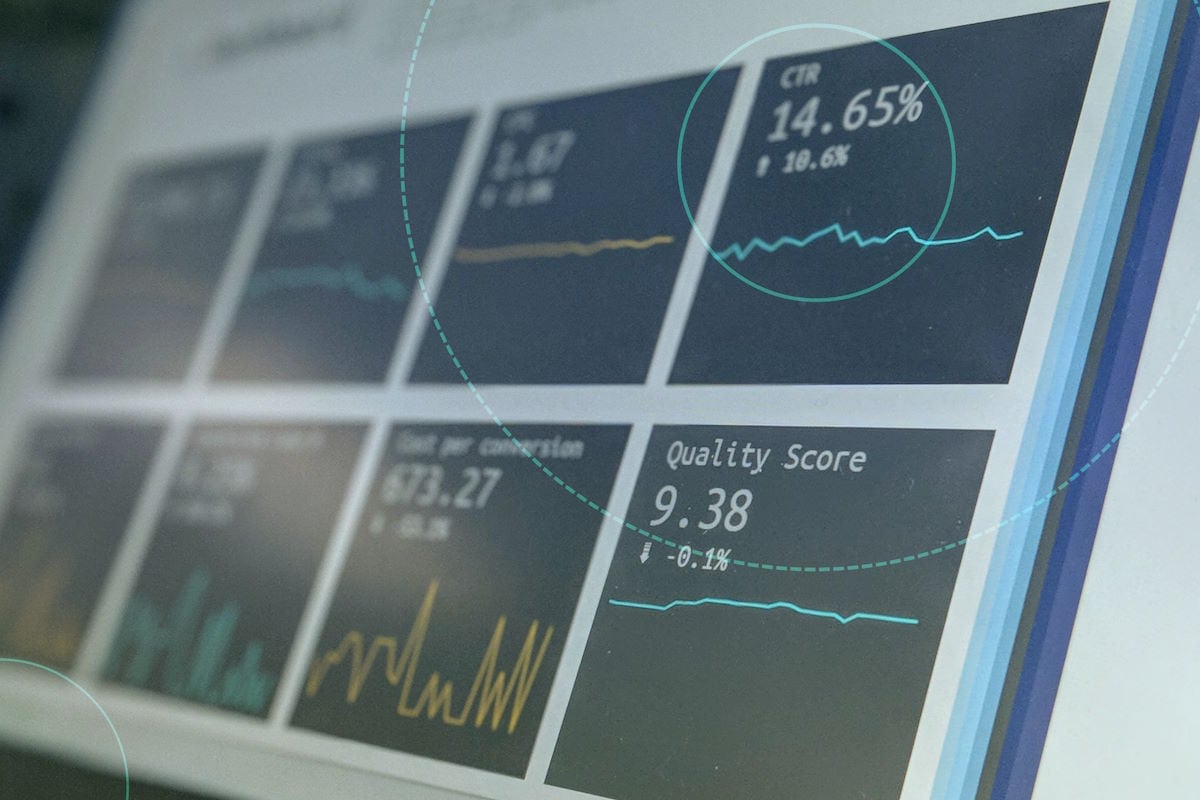Measurement beyond clicks
Tracking the performance of your ad campaigns is an important part of measuring their success. After all, if you’re spending money to get people’s attention, you want to know if it’s working.
Unfortunately, measuring people’s behavior can be tricky. Sometimes you can trace a clear line from a view of an ad through to a person’s action (i.e. a conversion), but other times you can’t.
View-through attribution attempts to solve this problem by assuming that any conversion is the result of an ad impression. This can give you a more holistic view of the success of your ad campaigns, but there are some drawbacks. Let’s explore how view-through attribution works and determine if it’s a good model for you.
Ready to explore more angles of attribution? Check out The Modern Marketer's Guide to Attribution.
What is View-Through Attribution?
View-through attribution (VTA) is a method of measuring ad campaign impact that assumes any conversion during a specific period is the result of an ad impression. View-through attribution counts sign-ups, sales, downloads, website visits, or other actions as the result of an ad impression whether or not the person taking that action clicked through an ad. By contrast, click-through attribution only measures when someone clicks an ad.
Say, for example, a person viewed an ad but didn’t visit your website until a few days or weeks later. VTA would count that website visit as the result of an ad impression. This method of attribution gives marketers a more thorough view of the performance of an ad campaign. By measuring only click-throughs, conversions that are the result of a delayed reaction to an ad impression might be miscounted as organic conversions. By expanding the scope of measuring engagements, view-through attribution gives you a clearer picture of the full impact of your campaigns.

How Does View-Through Attribution Work?
With VTA, you start by assigning a period of measurement related to the introduction of a new ad campaign. Over that period, say, one month, you will measure sales, downloads, installs, website visits, demo requests, or sign-ups — whatever conversion you’re targeting — to note any increases.
Using the VTA model, conversions measured during this period are attributed to ad impressions. You can also combine methodologies and measure click-throughs during this period as well to provide an even clearer picture of the performance of your campaign.
VTA is even further enhanced by using email or IP addresses to match viewers to conversions. Knowing that an ad was served to a connected TV (CTV) user with a specific IP address and then registering a conversion from that same address sometime later is a clear example of how VTA can benefit campaign measurement. The viewer did not click through the ad, but you can assume that the impression drove their conversion, albeit on a time delay.
View-Through Attribution Advantages
The biggest benefit of VTA is that it allows you to measure conversions resulting from channels without a click-through option, like podcasts. By measuring only click-throughs, you could be improperly assessing the value of channels with a click-through option over those without. VTA gives you a more complete picture of which channels are performing so that you can make more informed decisions.
VTA also allows you to measure the impacts of multiple campaigns simultaneously. Say you are running a campaign through CTV with a click-through option that takes users to your website and, at the same time, running a separate campaign via podcast advertisements calling for customers to sign up for a newsletter. Measuring new newsletter subscribers using VTA and new website visits using click-through attribution would give you a more complete picture of how each channel is performing and how your integrated campaigns are performing together.
View-Through Attribution Challenges
All of that said, VTA isn’t for everyone or every channel. Channels with extremely small conversion windows, such as hyper-casual mobile games, might be more effectively measured using click-through attribution.
VTA also doesn’t measure conversions that occur outside of the time window. Conversions with an especially long delay are lost and can skew the measurement of your campaign's overall performance.
There is also a certain amount of assumption happening when using VTA, which can be misleading. You will want to tailor your measurement window to account for the peak period during which your ad campaigns drive conversions. Too long a window, and you could be counting conversions driven by older campaigns. Too short, and you might be missing data from channels that have longer conversion cycles.
VTA should be viewed as more of an art than a science. This makes pairing it with more direct data-driven methods, like click-through attribution, an appealing prospect.
VTA is Part of a Whole with tvScientific
View-through attribution provides a powerful perspective on the effectiveness of your campaigns, but it isn’t always the whole picture. To get the complete view, you need a partner that can help you make sense of the metrics and expose as many people as possible to your advertising.
With tvScientific’s powerful platform, you have access to unparalleled transparency and proven impact. You can manage your campaign from the first impression to the last, targeting specific audience segments and analyzing the data to gain valuable insights. Most of all, we’re driven by the belief that clients must be able to trust a platform before they can adopt it.
Schedule a demo today to learn more about how tvScientific can help you.






